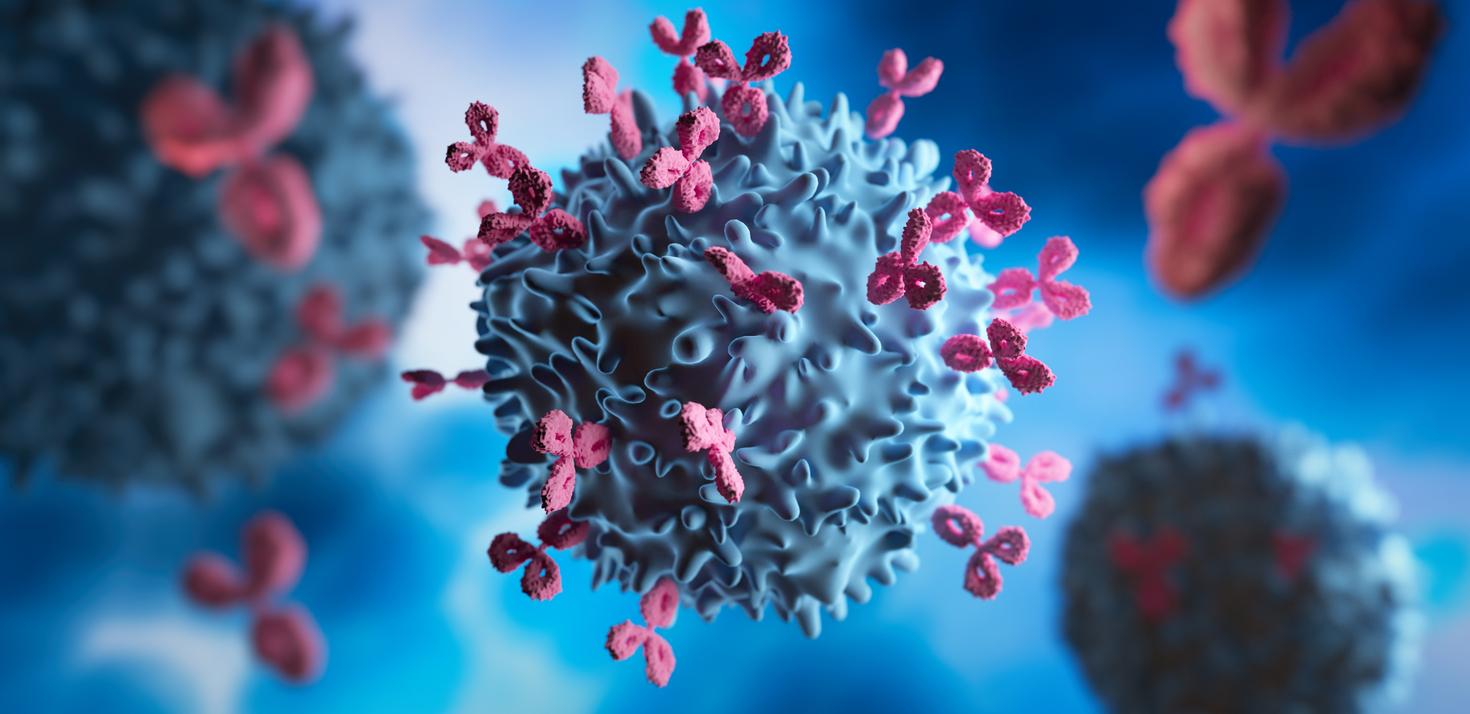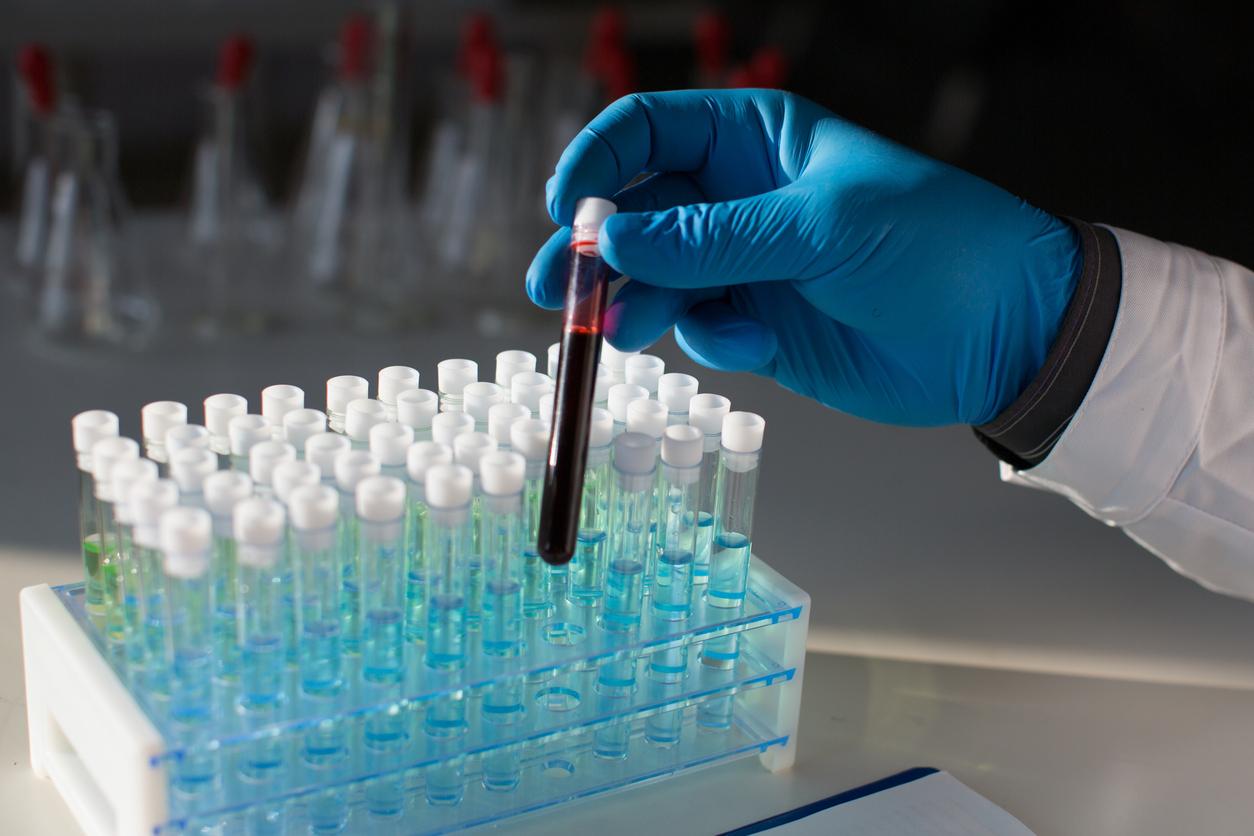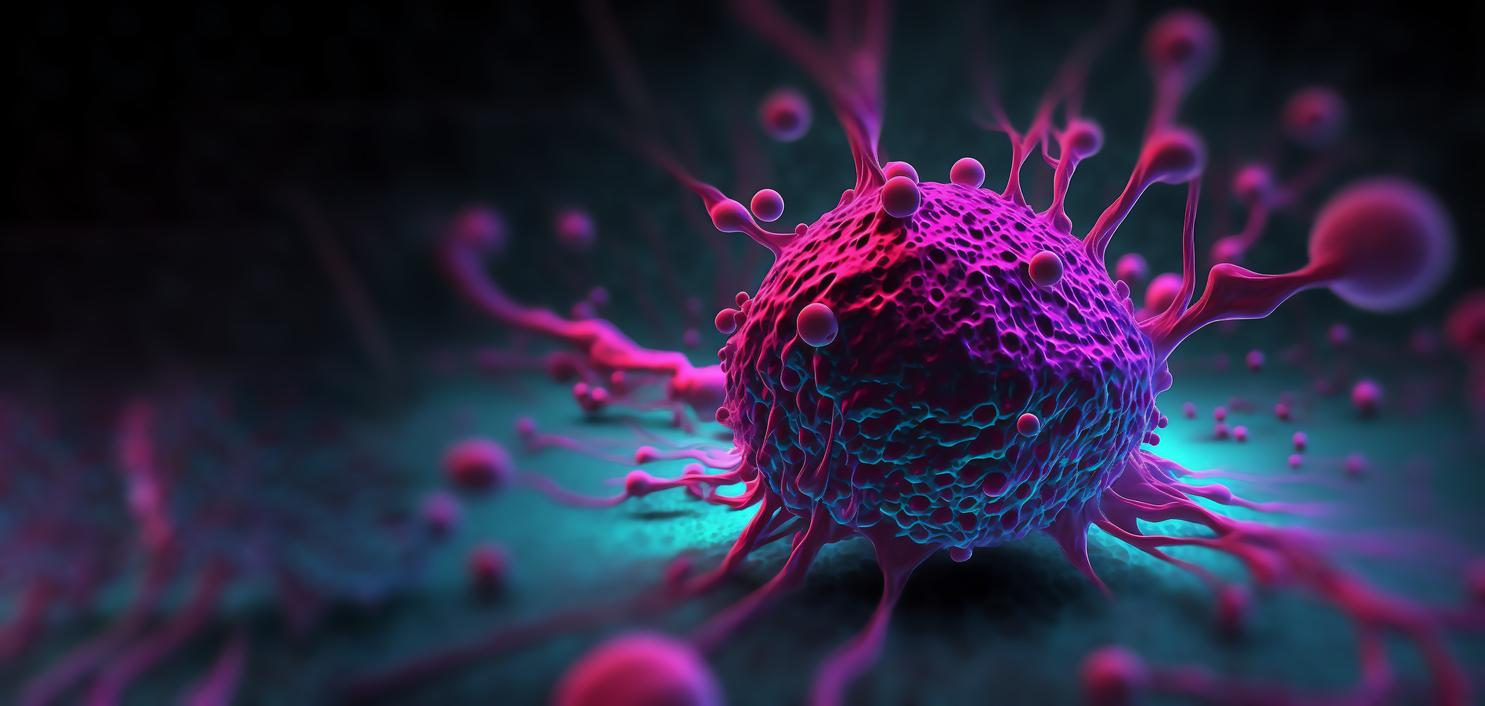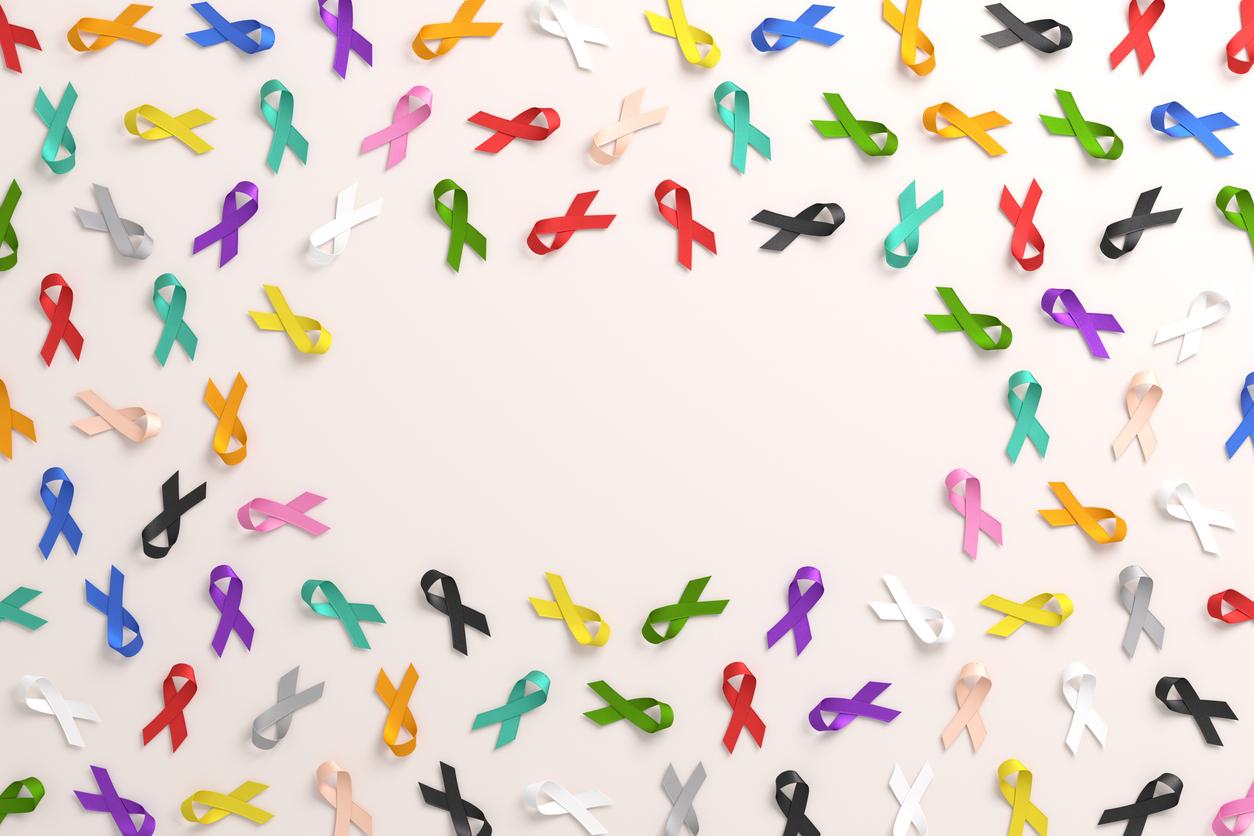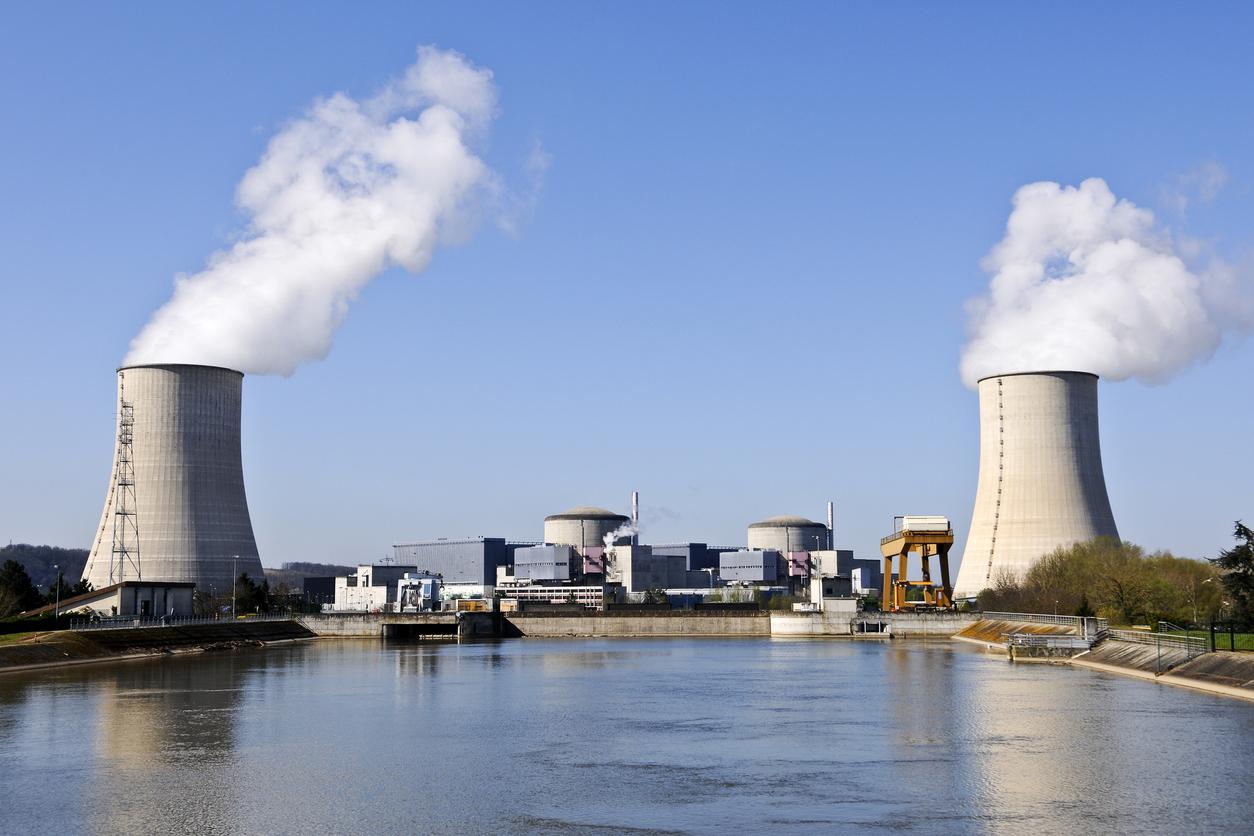Cancer prevention, detection and treatment are changing fast. Oncologists from around the world, gathered at ASCO 2018, speak a new language whose expressions are quickly entering the language of patients. Why Doctor is sharing these new cancer words with you. Today: the liquid biopsy.

Interview with Prof. Frédérique Penault-Llorca, Managing Director of the Jean-Perrin center in Clermont-Ferrand and deputy president of Unicancer.
Dr Jean-François Lemoine: The word “biopsy” is not very new?
Prof. Penault-Llorca : A biopsy is the removal of a small fragment of the cancerous tumor for analysis. That is, it’s not the whole tumor, just a fragment. Usually either to make a diagnosis, or on a secondary lesion, or before operating someone.
Dr Jean-François Lemoine: We understand that looking for a tumor in the liver is quite simple, but when it comes to looking for the tumor inside a lung, there is a problem. What do we do ?
Prof. Penault-Llorca: It is indeed an act that is called “invasive”. That is to say, one penetrates inside the body to remove a fragment of tumor. In some cases, you have to do it under a scanner or an MRI. Sometimes with general anesthesia; there is a risk of bleeding… It is therefore a heavy act. The remedy today is what is called a liquid biopsy. It’s a simple blood test, which we will treat in a special way. We will look for small pieces of tumor DNA in this blood sample, and analyze them, as if we were analyzing a piece of this tumor without needing to take a sample.
Dr Jean-François Lemoine: Why don’t we just talk about “a blood test”? Medicine likes to complicate to the extreme?
Prof. Penault-Llorca: The technique is indeed a blood test. But the blood tests, usually, are made to look at the glycemia, the blood cells, etc … Here, we do not do the same analyzes, we do not treat the blood sample in the same way. We are specifically looking at the DNA of the tumor circulating in the blood. And this DNA from the tumor, which roams the blood, will allow us to tell ourselves that there are tumors, we do not necessarily know where … This makes it possible to follow the evolution, to quantify the tumor mass which is present, and probably the most interesting today, within the limits of the technologies that we have, to analyze these characteristics, without having to take samples, to redo biopsies. This is a huge plus for patients …
Dr Jean-François Lemoine: We could dream a little by telling ourselves that with a blood test we could prevent! And say to someone who is doing well: “be careful, you have a tumor which is not yet speaking, but which is present”.
Prof. Penault-Llorca: Today, not yet. But I hope that one day, this will be the case and that we will be able to anticipate, for example in people at very high risk of cancer, smokers, or people who have a genetic risk … the occurrence of their cancer thanks to these levies. But today the tests are not yet sensitive enough, we may not yet know how to look at exactly what is needed. So we are going to say, that today it is not yet the case.
Dr Jean-François Lemoine: Today, of course, but when?
Prof. Penault-Llorca: For me, in 5 to 10 years.
Dr Jean-François Lemoine: It is still not in very long! So, if I summarize, we do not yet know how to say: “beware, there is cancer coming”. But rather: “there is a cancer which is there”. Are the results of that liquid biopsy any numbers? And can we quantify the evolution of this cancer?
Prof. Penault-Llorca: For the moment we are not detecting cancer. This biopsy is done on patients who have known cancers, and who are in advanced stages, with metastases. So the liquid biopsy will help us to follow this metastasis, to see in fact if there is a progression, if we see an increase in DNA, and especially if this DNA changes, which could indicate resistance to the treatment. that we are doing.
Dr Jean-François Lemoine: Let’s talk about this factor that seems essential to me: you can say, predict the effectiveness of a treatment?
Prof. Penault-Llorca: Exactly. This is not science fiction! Liquid biopsies are used today in lung cancer. Certain lung cancers that are treated with medicines called anti-EGFRs. Normally, circulating tumor DNA should shrink or even disappear. But it can also reappear, which shows progression, and in some cases, mutations appear, so a change in this DNA shows that the tumor is becoming resistant to the drug.
Dr Jean-François Lemoine: It is therefore necessary to stop the treatment…?
Prof. Penault-Llorca: Yes and give another one.
Dr Jean-François Lemoine: Will we one day be able to say – in the same way that we can predict, but it may seem simpler – that there is no more circulating DNA, so that we are cured? ?
Prof. Penault-Llorca: Yes, but within the limits of sensitivity. That is, today a liquid biopsy is of value if it is positive, if circulating tumor DNA is identified. But you should know that some tumors diffuse very little circulating tumor DNA, and today, we may not have sufficiently sensitive techniques. But again, it’s a matter of months or years. Technology is moving very, very, very fast.
Dr Jean-François Lemoine: Who in France can benefit from this major technological advance?
Prof. Penault-Llorca: Today, this technique, as it is associated with drugs, has developed on the platforms of the National Cancer Institute, the INCA. There are 28 in France. As it is only a simple blood sample, that we put in a special tube, you can take it to a doctor, or in a hospital, and send it to one of these platforms which has the devices to do the liquid biopsies.
Dr Jean-François Lemoine: That is, all the people who have lung cancer and who are treated with these drugs benefit from a liquid biopsy?
Prof. Penault-Llorca: They can benefit from it but it will depend on the doctor. In the vast majority of cases, they are informed and will do the liquid biopsies to follow these patients.

.









